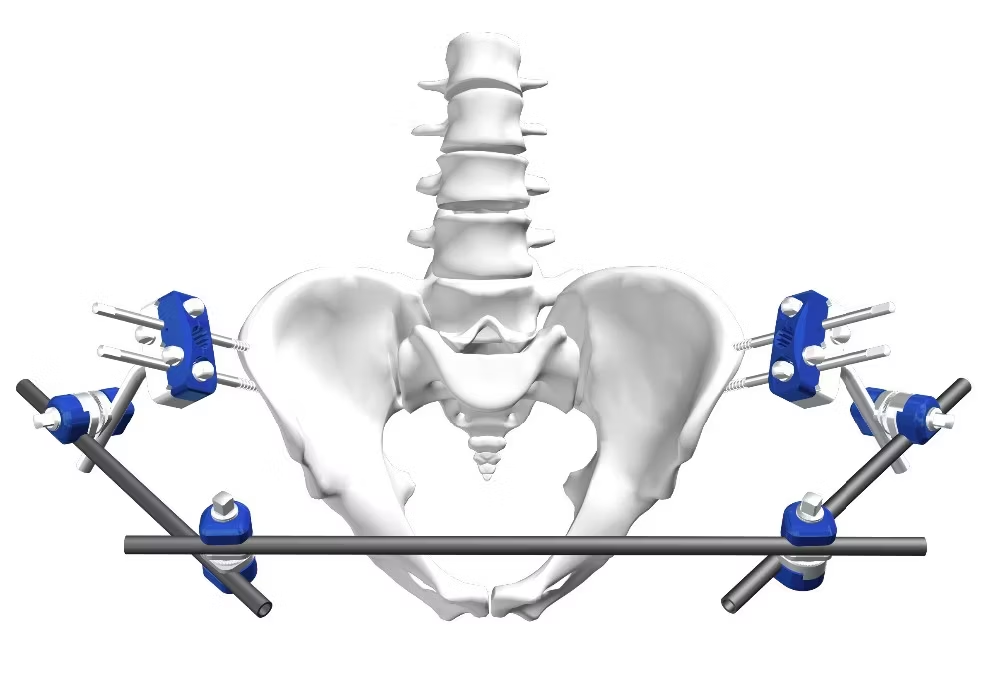Cocaine is an addictive substance. It can enhance activities in a person’s body. It can also increase blood pressure, heart rate, energy, and alertness. The most common form of this drug is a white powder. It is the extraction of the Erythroxylon coca plant.
For hundreds of years, people of South America were using this substance. It was the 1880s when this substance came to light as a surgical anesthetic drug. In the early 1900s, this drug became one of the active ingredients in various elixirs and tonics available on the market. At that time, people were using cocaine to treat many illnesses and conditions.
Things turn around after the discovery of its addictive properties and side effects. It was the year 1970 when cocaine was declared a schedule II drug. It is illegal to use recreational cocaine in the United States. However, these days’ people use this drug to get high, not for treating and condition.
The addiction inpatient treatment centers in Los Angeles admit many people because of their cocaine addiction. The Concise Recovery Center focuses on a combination of therapeutic and holistic services. The team of experts at Concise Recovery Center believes in treating the whole patient and easing their transition from an addict to a sober person. Cocaine has many street names such as – powder, blow, rock candy, crack snow, and sleet.
There are many things that people do not know about this substance. It also includes the effects of this drug on them. Here is a list some of the common side -effects of using cocaine.
Common side effects of using cocaine
Cocaine is a controlled stimulant that elevates mood and increases brain activities temporarily. At the same time, cocaine boosts energy levels and alertness. For this very reason, starts taking it once in a while and eventually become an addict.
While the person enjoys their feelings of short-term euphoria, the drug destroys their mind and body in many ways. Cocaine use has both psychological and physiological side effects.
Psychological side-effects of using cocaine
Below is the list of the common psychological side-effects of using cocaine.
- Panic
- Irritability
- Aggression
- Anxiety
- Repetitive behaviors
- Hallucinations
- Poor judgment
- Paranoia
Physiological side-effects of using cocaine
Now, take a look at the list of physiological side -effects of using cocaine.
- Dilated pupils
- Constricted blood vessels
- Increase in body temperature
- Increase in blood pressure
- Increasing heart rate
- Nausea
- Weight loss
- Tremors
- Abdominal pain
- Vertigo
Sudden death can also transpire on the first use of cocaine. A similar thing can happen unexpectedly with the later dosage of the substance. However, it happens in rare cases, but it is evident. Sometimes, the overdose of cocaine can result in cocaine-related deaths because of seizures or cardiac arrest followed by respiratory arrest.
The combination of alcohol and cocaine is the fatal blow. The combination increases the tightness of the heart and eventually increases the risk of sudden death. Currently, there is no medication for treating crack addiction. However, sometimes people use antidepressants to treat symptoms of anxiety or depression. The most effective way of treating crack addiction is through rehabilitation.







